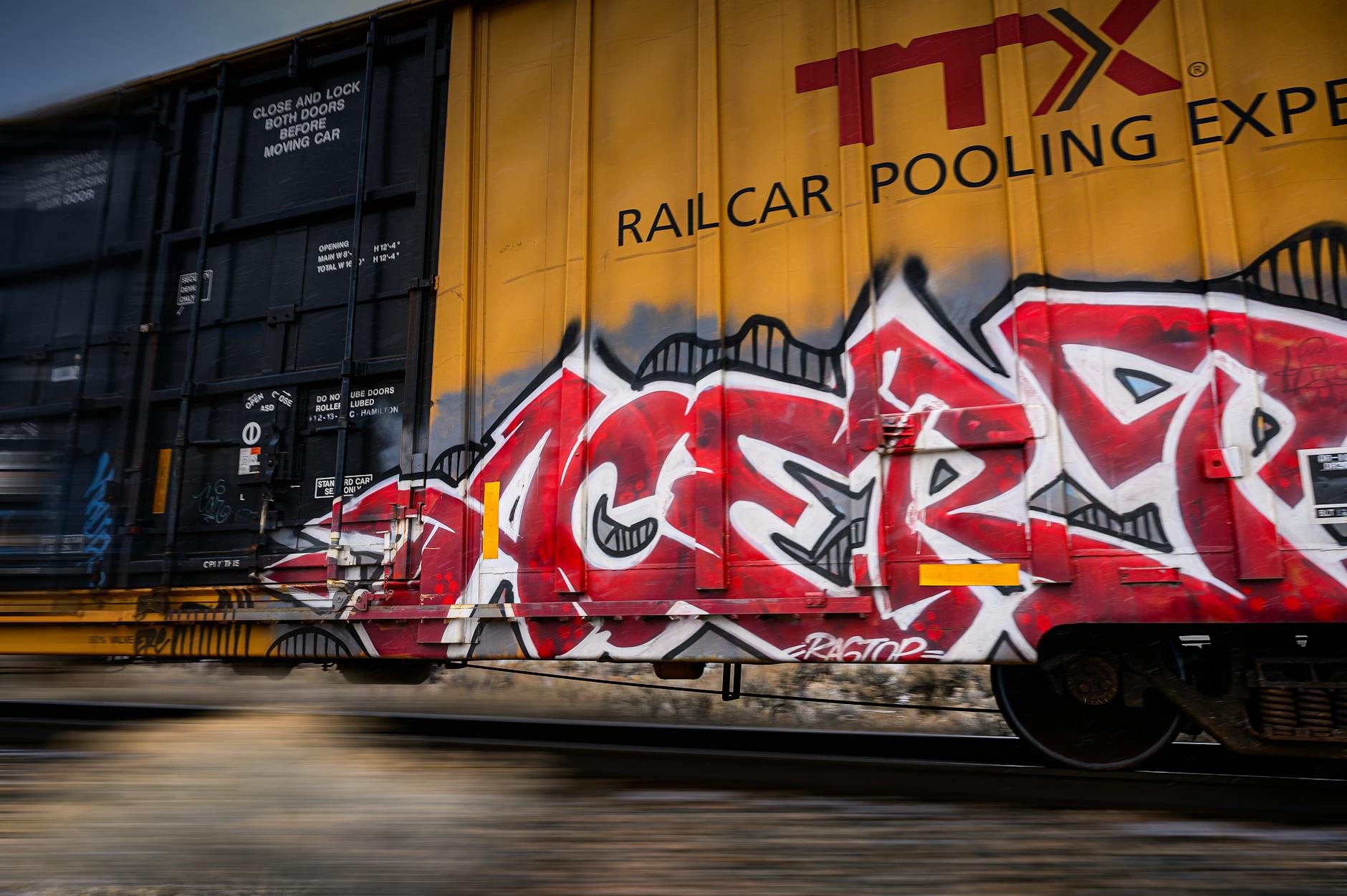Are You Ready to Outsource Fulfilment in Australia Without Compromising on Values?

Evaluate Current Fulfillment Needs
Identify Your Fulfillment Challenges
No fulfilment system is without its unique set of challenges. When I first set up my e-commerce business, the logistics of ensuring timely delivery while minimising our carbon footprint was a major hurdle. One of the primary obstacles was managing pick packing in a manner that was both efficient and eco-conscious. It was essential to refine these processes to sustain our commitment to sustainable practices as we expanded. To tackle such issues, I’ve always drawn inspiration from Brisbane’s eco-conscious markets at Davies Park. They remind me that maintaining high standards is possible even when coordinating complex logistics. Evaluating your specific pain points will set a solid foundation for your sustainability goals.
Set Clear Sustainability Goals
Aligning business operations with sustainability goals has been a crucial part of my journey. Establishing these objectives can guide decision-making and help maintain focus on what really matters. Start with small, achievable targets like reducing plastic use in packaging or adopting carbon-neutral shipping options. From my experience, these incremental changes can have lasting impacts. Have you ever visited the South Bank cultural precinct? It's a place that mirrors our vision for integrating eco-friendliness with vibrant commerce. Setting clear goals will propel your mission and keep your values intact.
Assess Current Fulfillment Capabilities
Understanding where you stand with your current fulfilment abilities is critical. Take stock of existing processes, resources, and technologies your business employs. Identifying gaps helps highlight opportunities to introduce sustainable pick and pack improvements. It’s much like the continuous refining seen in Brisbane’s ethical fashion hub in Fortitude Valley—always innovating while never losing sight of the ethical origin. Recognising your limitations and strengths ultimately empowers you to make informed and impactful changes.
Research Potential Providers
Search for Eco-friendly 3PL Options
When it comes to selecting a 3PL provider, it's like navigating the vibrant stalls at the eco-conscious markets at Davies Park—a focus on sustainability takes centre stage. I often find myself sifting through numerous options, looking for those that truly align with ecommerce logistics goals. As our business expanded from a small-batch setup to something larger, it became crucial to find providers passionate about zero-waste and renewable energy initiatives. Keeping an eye out for companies using electric delivery vehicles or biodegradable packaging makes a world of difference.
Evaluate Providers’ Sustainable Credentials
Sustainability is not just about claims but actionable commitments. When delving into potential partnerships, I meticulously examine their credentials. Certifications like ISO 14001 for environmental management or membership in eco-conscious associations can speak volumes about their commitment. These details offer confidence that the provider’s practices align with my values and can contribute positively to the reputation of our e-commerce business.
Understand Logistics Network Capabilities
Exploring logistics capabilities is akin to understanding the layers of a well-made sustainable garment at Brisbane's ethical fashion hub in Fortitude Valley. I pay particular attention to how seamlessly providers can expand and adapt without sacrificing eco-standards. This means scrutinising their supply chain management processes to ensure agility and reliability on par with our growth prospects. By understanding their network profoundly, we can better manage 3PL partnerships and enhance our operational efficiency.
Align Values with Providers
Determine Providers’ Ethical Standards
When I first explored the world of third party logistics, aligning my business values with a provider's ethical standards was crucial. My experiences at the eco-conscious markets at Davies Park have instilled in me a commitment to sustainability, so when choosing a provider, understanding their ethical baseline was as essential as understanding their logistics capabilities. Seeking out 3PL partners requires evaluating their labour practices, sourcing policies, and corporate responsibility initiatives. Trustworthy providers should follow practices that not only mirror your values but also push the industry towards more ethical norms.
Evaluate Providers’ Environmental Initiatives
Thinking back on my time at Brisbane’s ethical fashion hub in Fortitude Valley, I realised the significance of genuine environmental commitment. Selecting a 3PL partner involves examining their environmental actions—do they employ eco-friendly packaging or minimise carbon emissions? It’s vital to favour companies that have clear environmental targets and transparent reporting. This ensures that your business remains true to its sustainability promise while relying on 3PL logistics providers who actively contribute to reducing environmental impact.
Analyze Providers’ Innovation in Sustainability
Innovation in sustainability is non-negotiable if you want to stay ahead. Look for providers who innovate in green tech or actively experiment with sustainable practices. Perhaps they’re investing in energy-efficient warehouses or pioneering waste reduction programmes. Such initiatives speak to a provider’s forward-thinking nature and align with the innovative spirit you might find inspiring from spaces like the South Bank cultural precinct. Embracing these factors will not only keep your supply chain sustainable but also strengthen your brand’s commitment to environmental stewardship.
Implementation and Integration
Establish Collaborative Partnerships
At the heart of sustainable logistics lies a genuine partnership between businesses and their order fulfilment providers. I’ve found that engaging in meaningful dialogue with third-party logistics (3PL) partners is crucial. This isn't just about meeting delivery standards; it's about weaving sustainability into the fabric of our businesses. These collaborative relationships are akin to the marketplaces I often visit at Davies Park, where knowledge is freely shared and the commitment to eco-conscious practices is palpable. By sharing my sustainability vision with partners, we're better able to navigate the challenges of maintaining green logistics efficiently.
Integrate Technology Solutions for Transparency
Tech-savvy solutions offer a window into the supply chain, providing transparency that is key to sustainable practices. I've personally seen these technologies bridge the gap between our sustainability goals and logistics operations. A transparent system ensures everything from sourcing to delivery aligns with ethical values—much like Brisbane’s ethical fashion hub in Fortitude Valley, where integrity in production is paramount. This transparency isn’t just beneficial; it empowers stakeholders to make informed and ethical decisions along the supply chain.
Monitor and Adjust Fulfillment Strategies
Continual evaluation and adaptation are essential in maintaining eco-friendly logistics practices. I believe reviewing performance metrics and feedback helps in tailoring strategies that align with current sustainability benchmarks. With a nod to how we meander through the South Bank cultural precinct, evaluating and adjusting our pathways ensures we move towards a more sustainable and successful future. Periodic reviews offer the chance to refine our practices, addressing new challenges as they arise while staying true to our sustainability commitments.
Overcoming Challenges in Outsourcing Sustainability
Balancing Eco-responsibility and Costs
One of the most daunting aspects I faced in my sustainability journey was finding that sweet spot where eco-responsibility met affordability. At times, it reminded me of browsing through the eco-conscious markets at Davies Park, where the allure of ethically produced goods often comes with a higher price tag. To tackle this, I started by closely analysing my budget and identifying areas where sustainable choices could make a genuine impact without breaking the bank. It’s about making thoughtful choices, much like how we select items at the markets, understanding both the story behind them and their value in our everyday lives.
Consistency in Eco-friendly Practices
When it comes to maintaining eco-friendly practices, consistency is key, much like the rhythmic flow of the South Bank cultural precinct. Finding providers who share this ethos can be daunting. I’ve learned through experience that during the selection process, keeping a keen eye on certifications and sustainability reports can have a sizeable payoff. Aligning these values ensures that the practices implemented aren't just trends but enduring commitments to our planet.
Addressing Provider Scalability Risks
Navigating risks in provider scalability can feel like crafting a masterpiece—it requires patience and precision. In Brisbane’s ethical fashion hub in Fortitude Valley, designers often face similar challenges when expanding their craft. It's crucial to establish open communication channels and ensure your providers have a growth strategy that complements your sustainability pursuits. This proactive approach helps in reducing scalability risks, allowing you to maintain your ethical trajectory even as your needs evolve.


